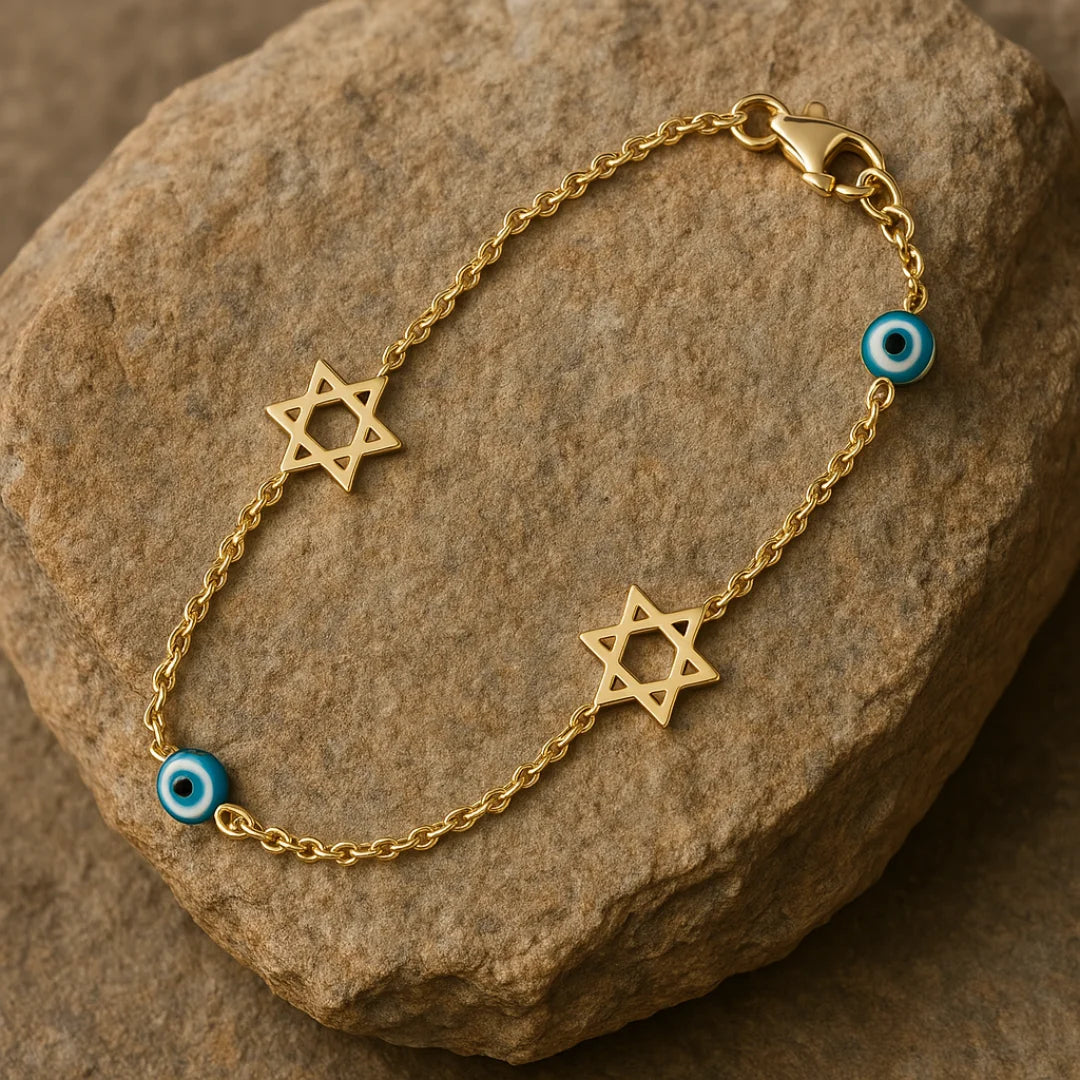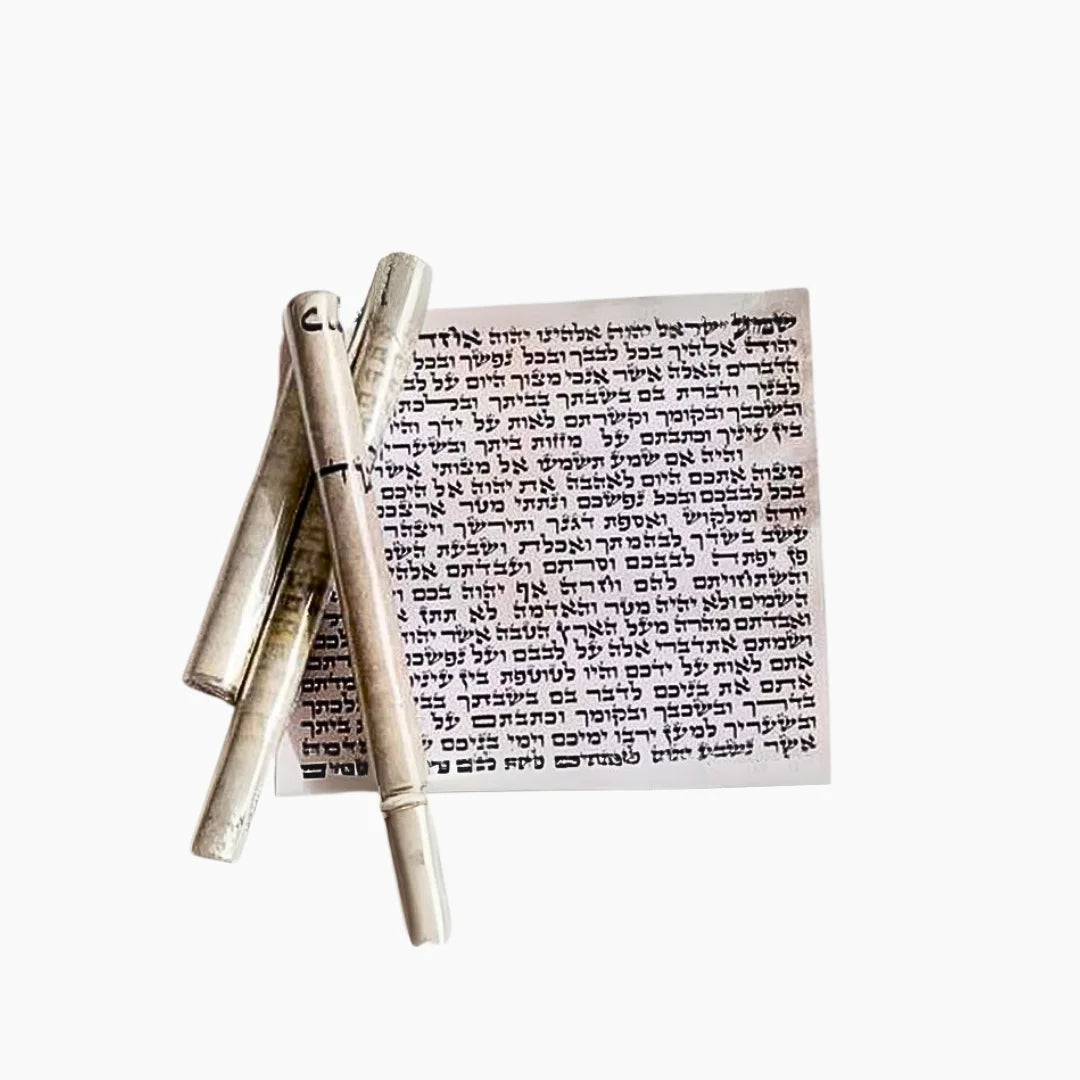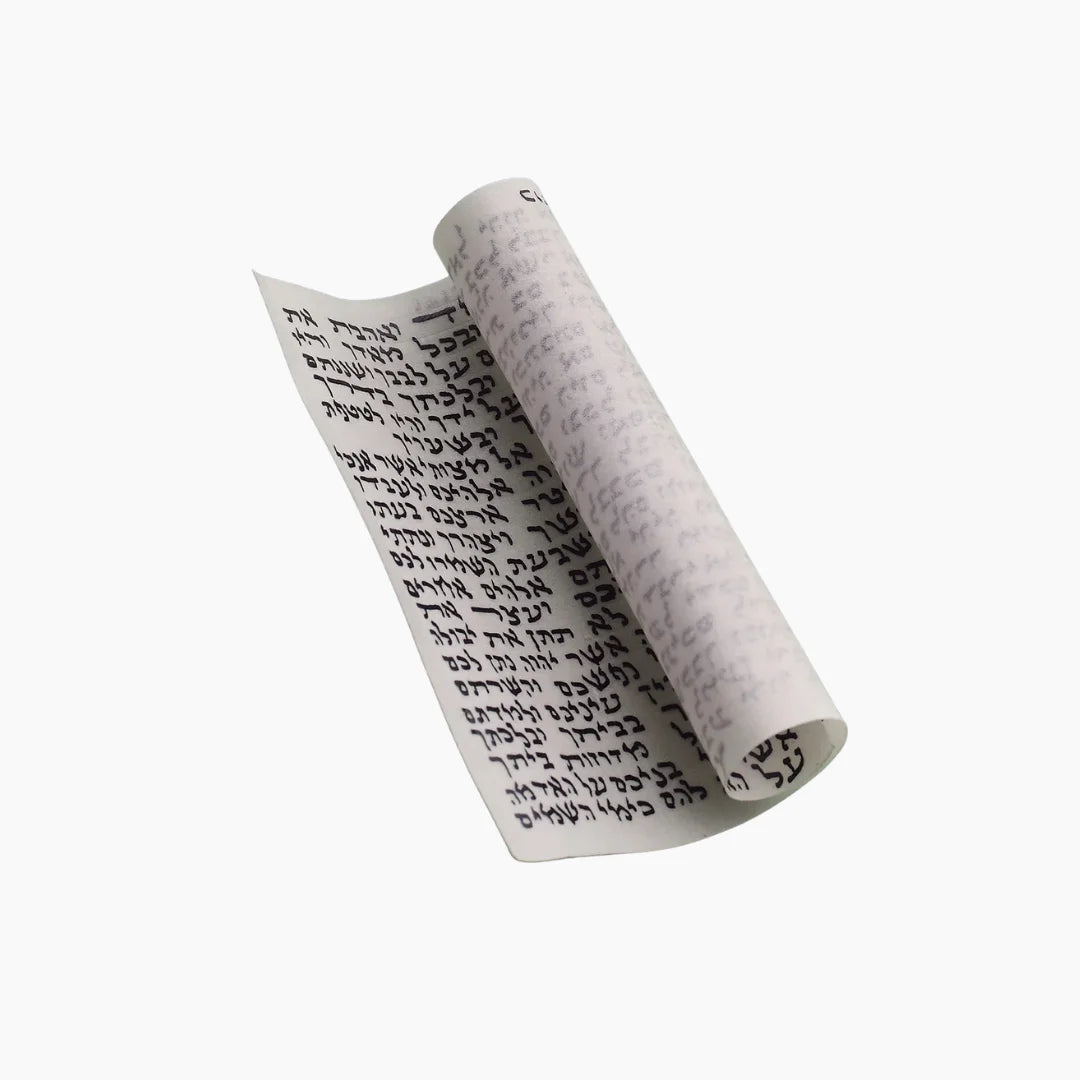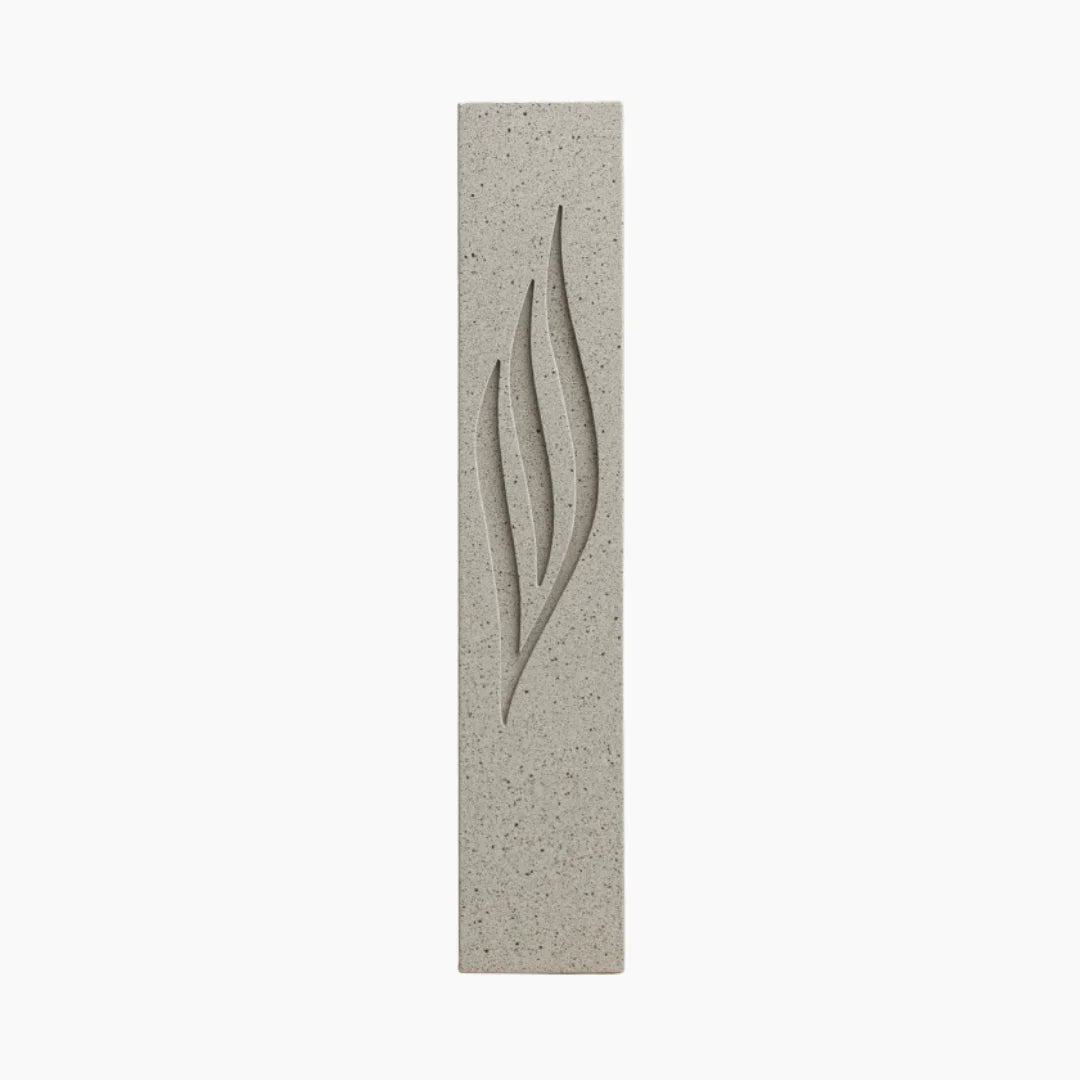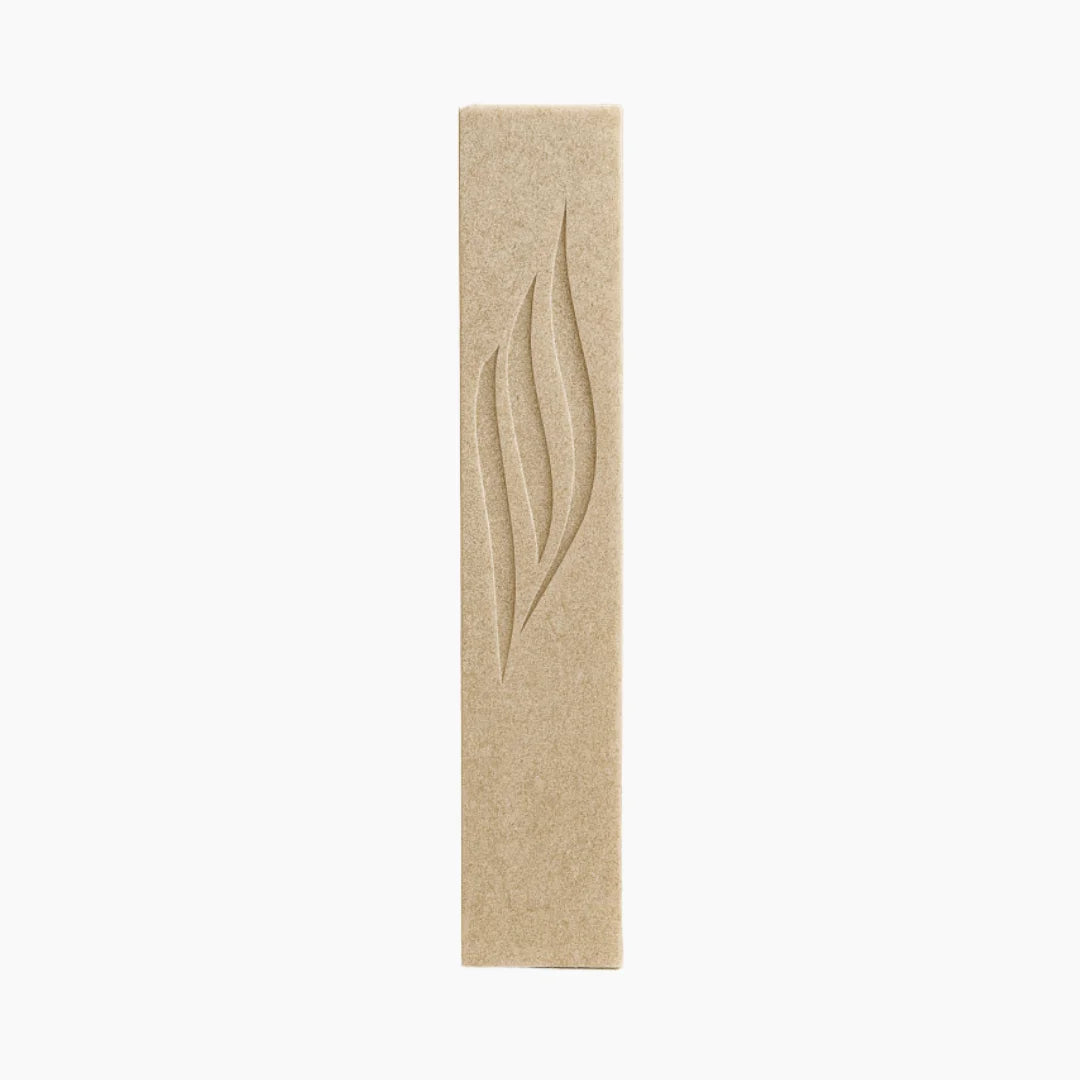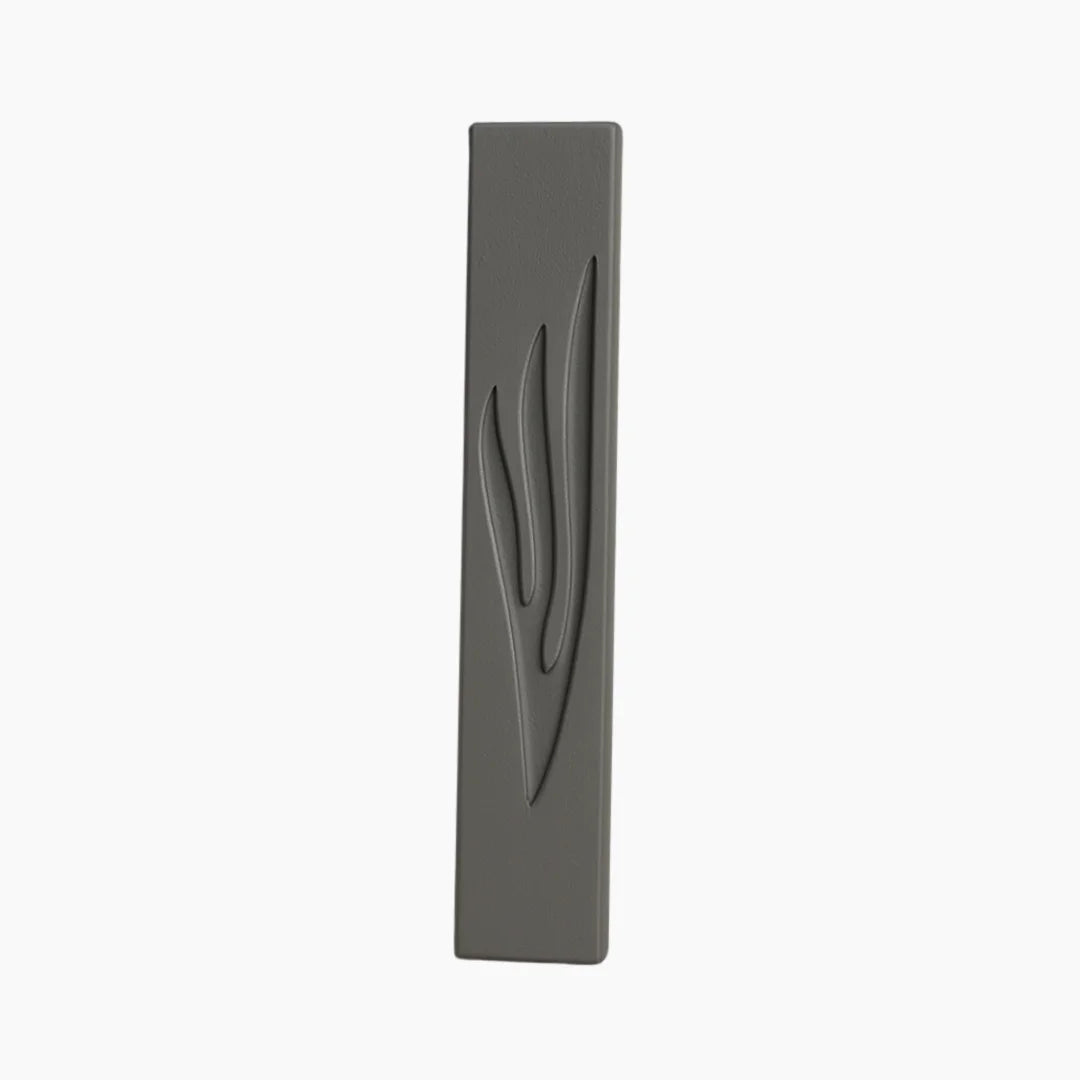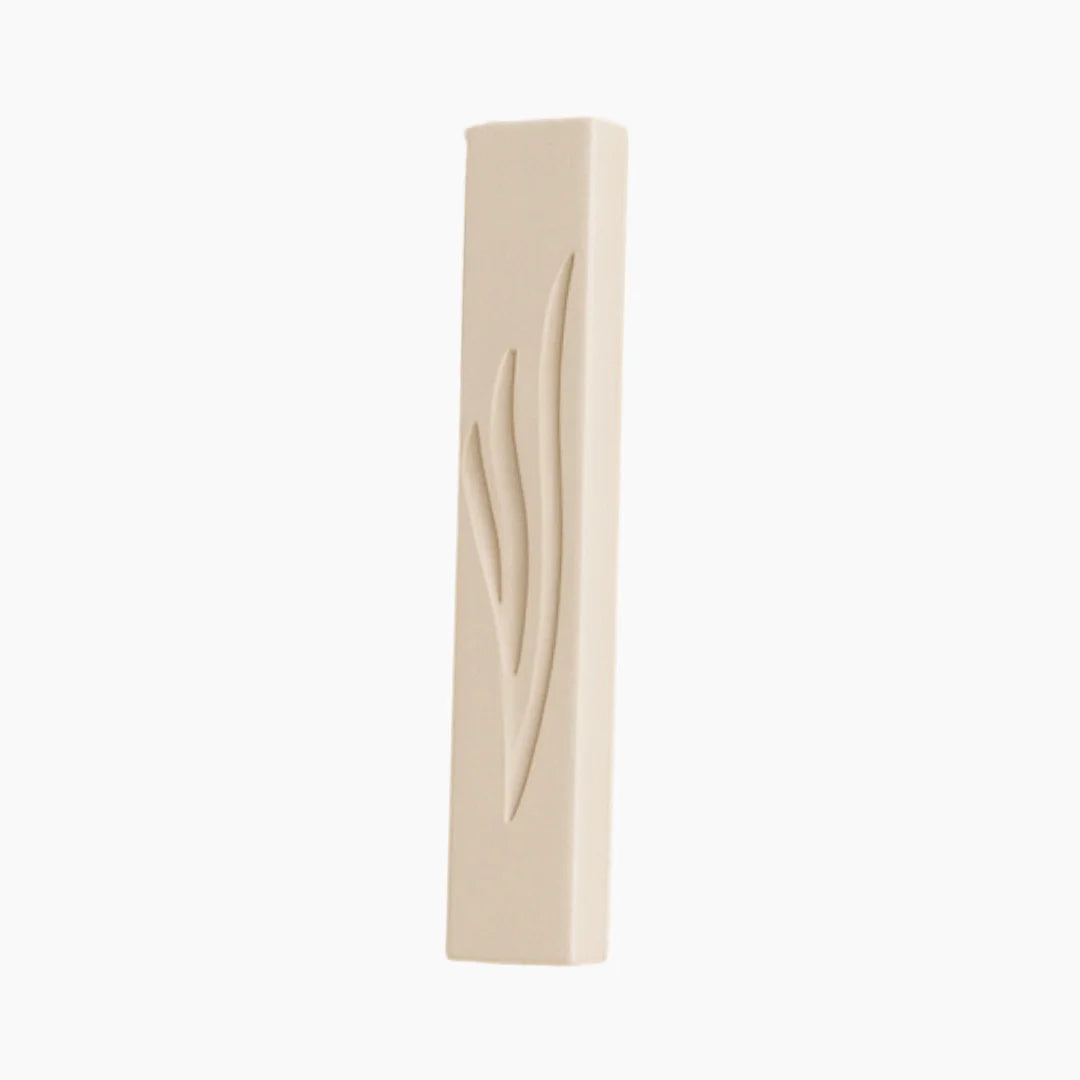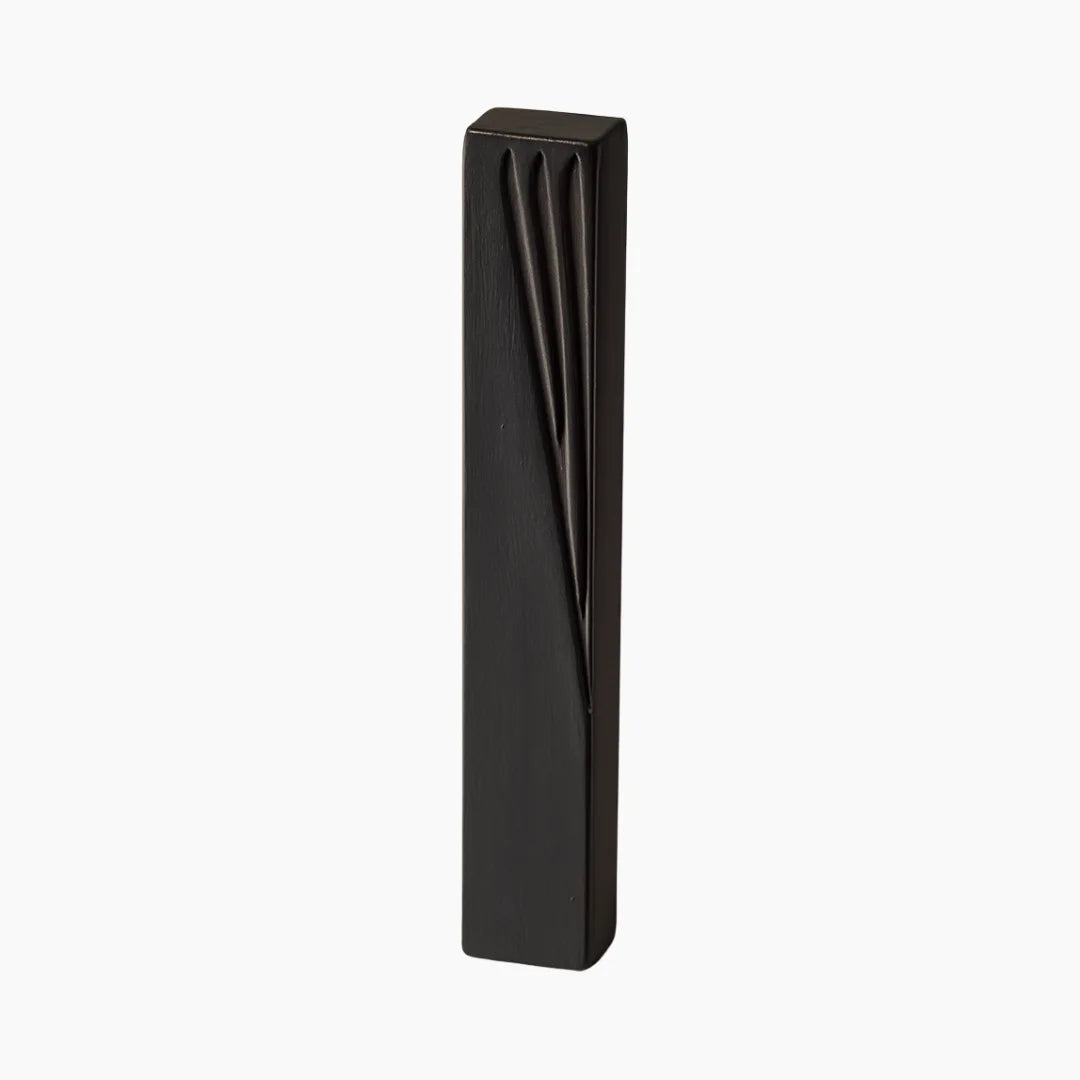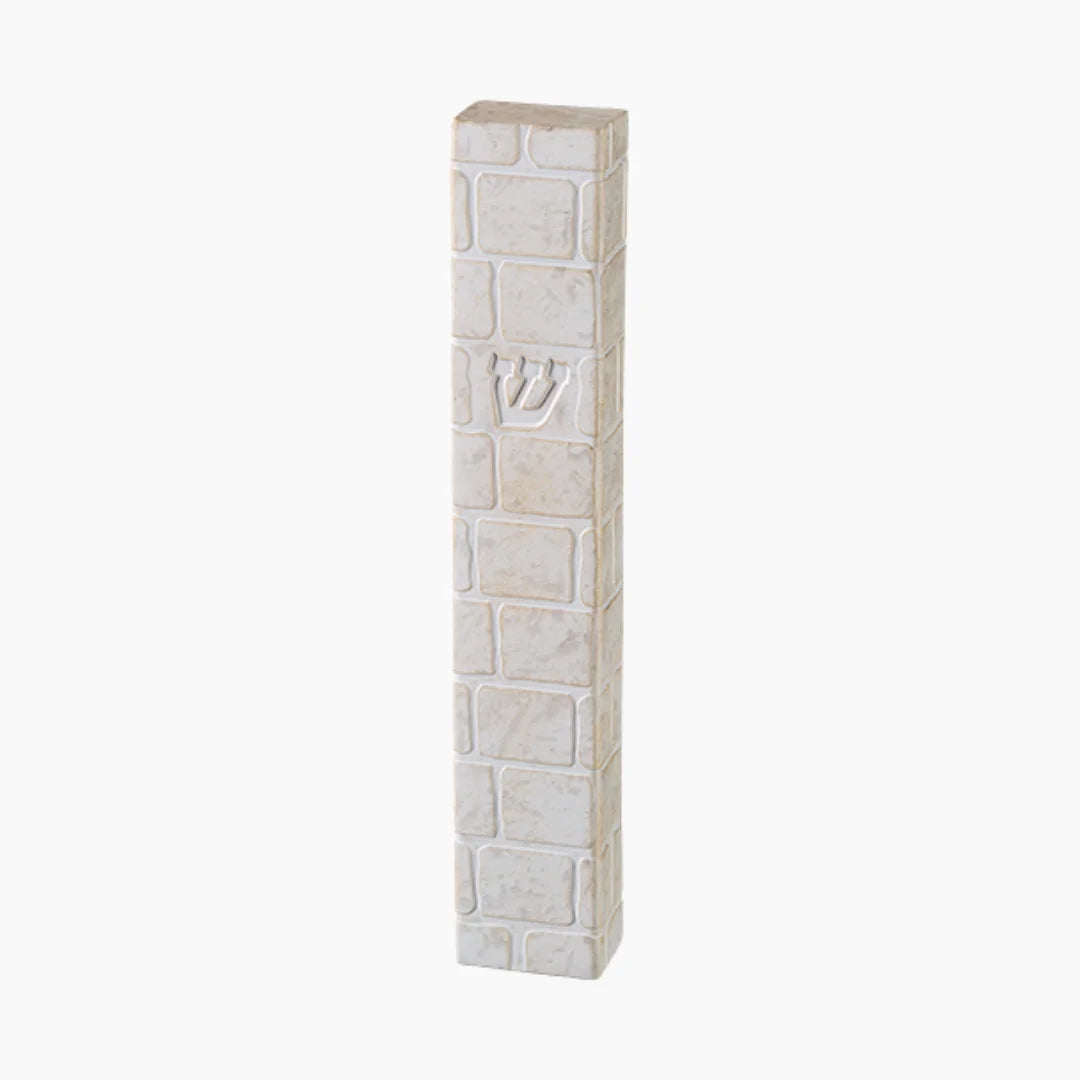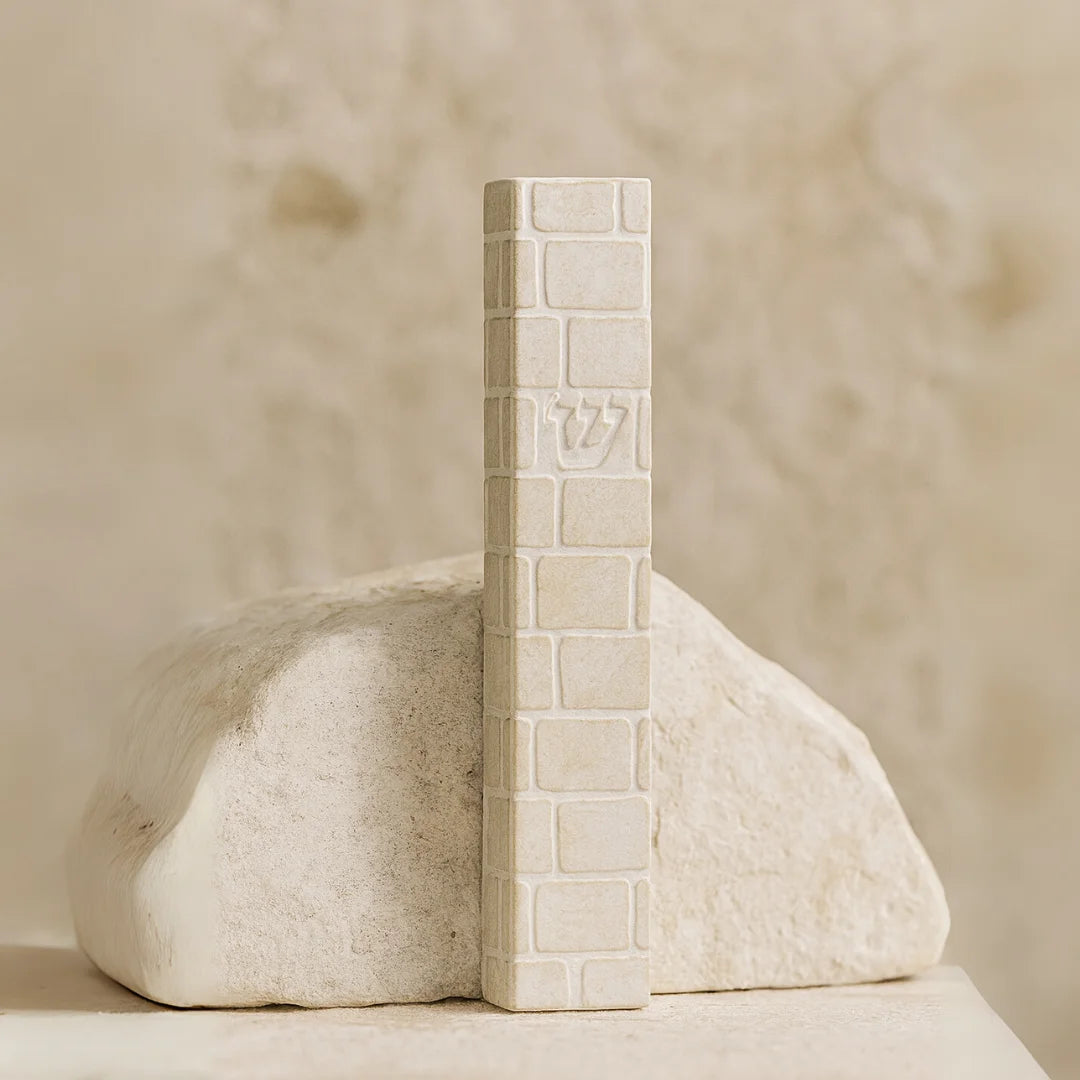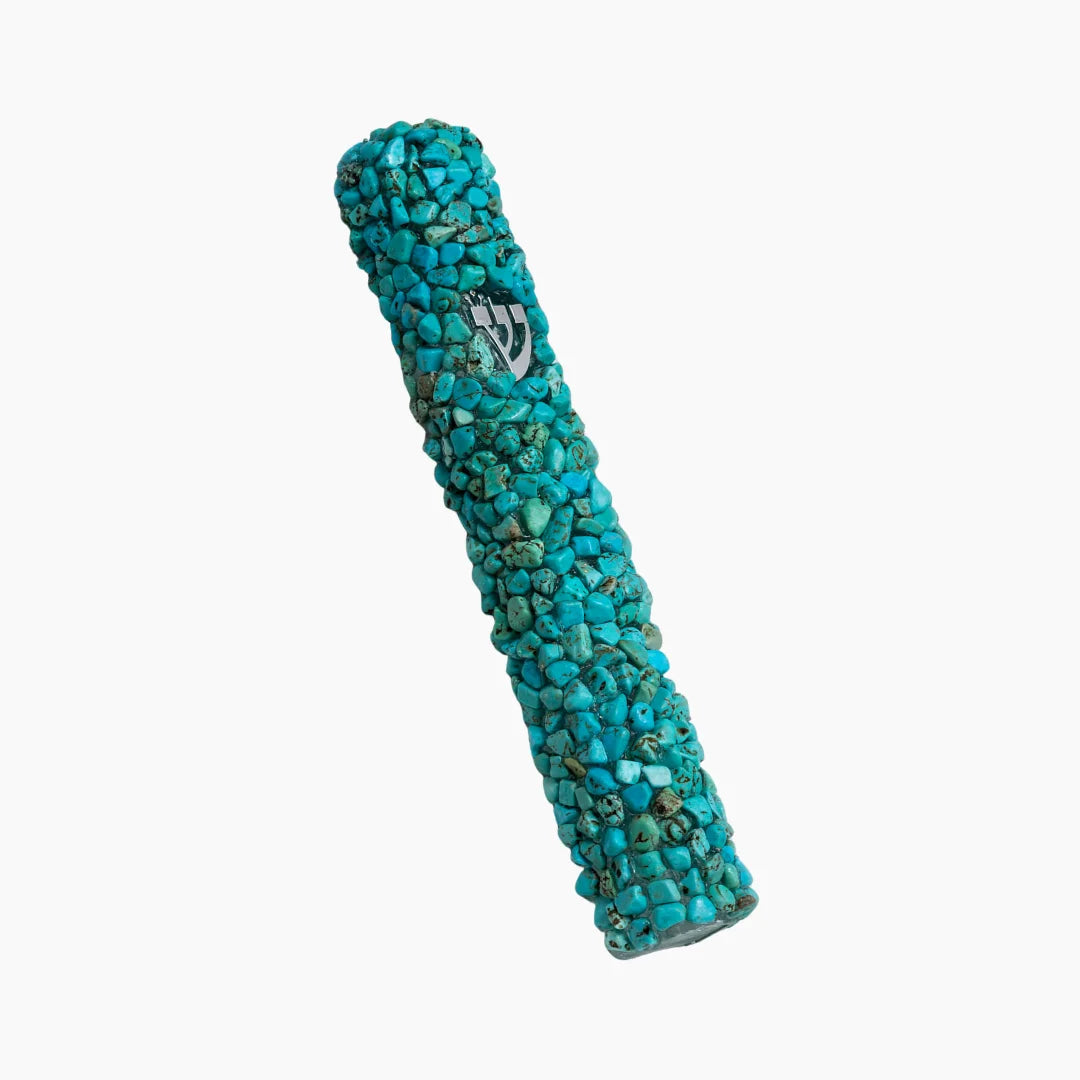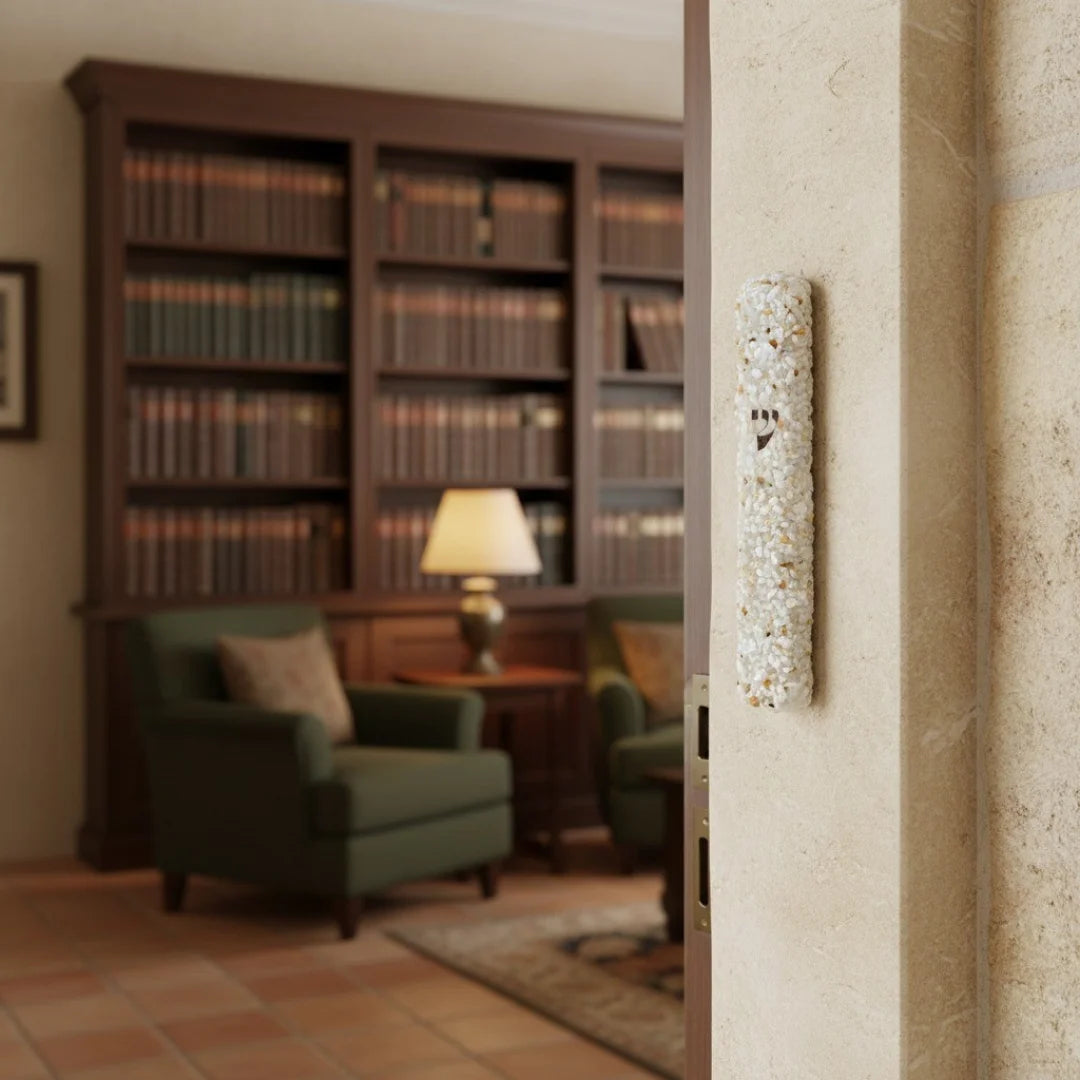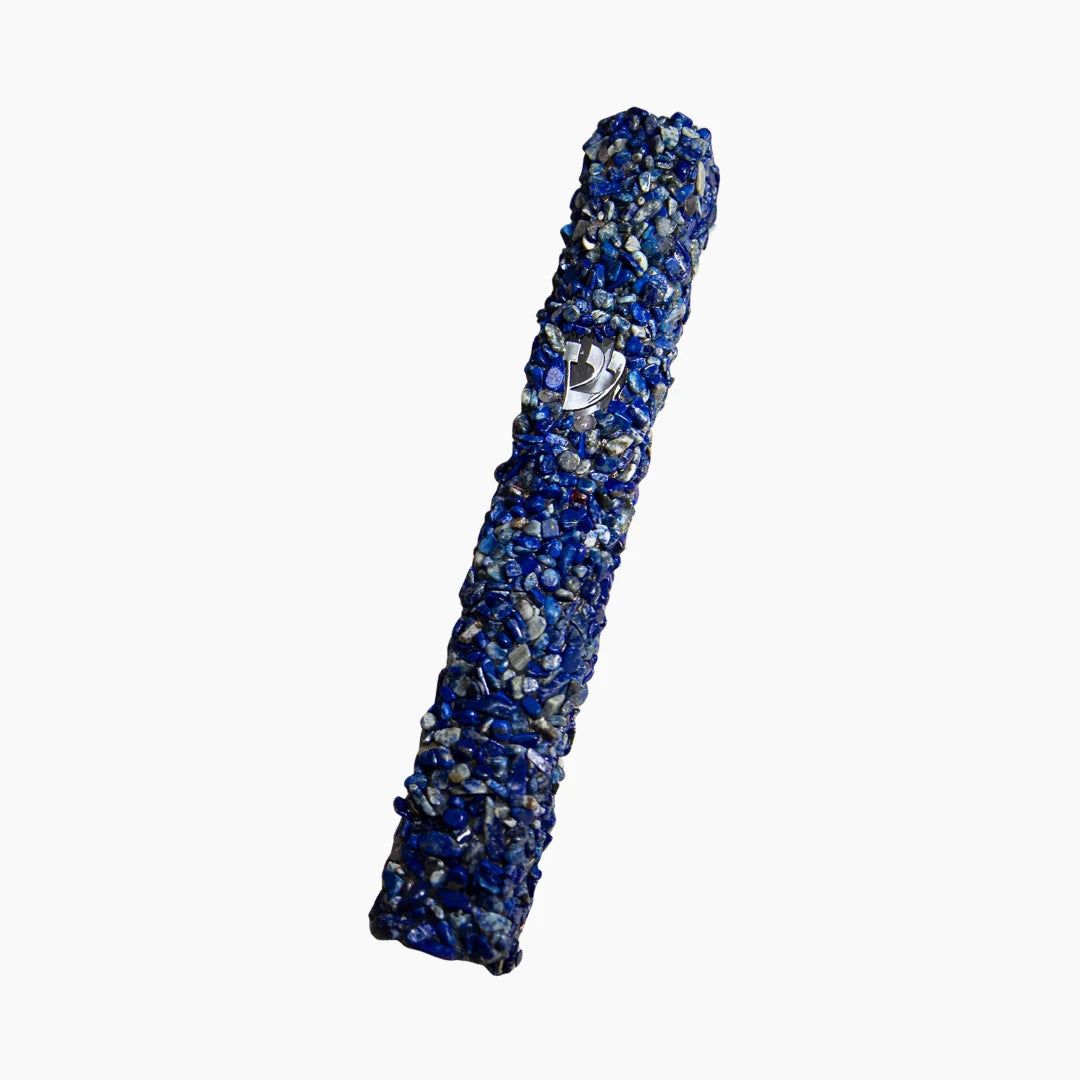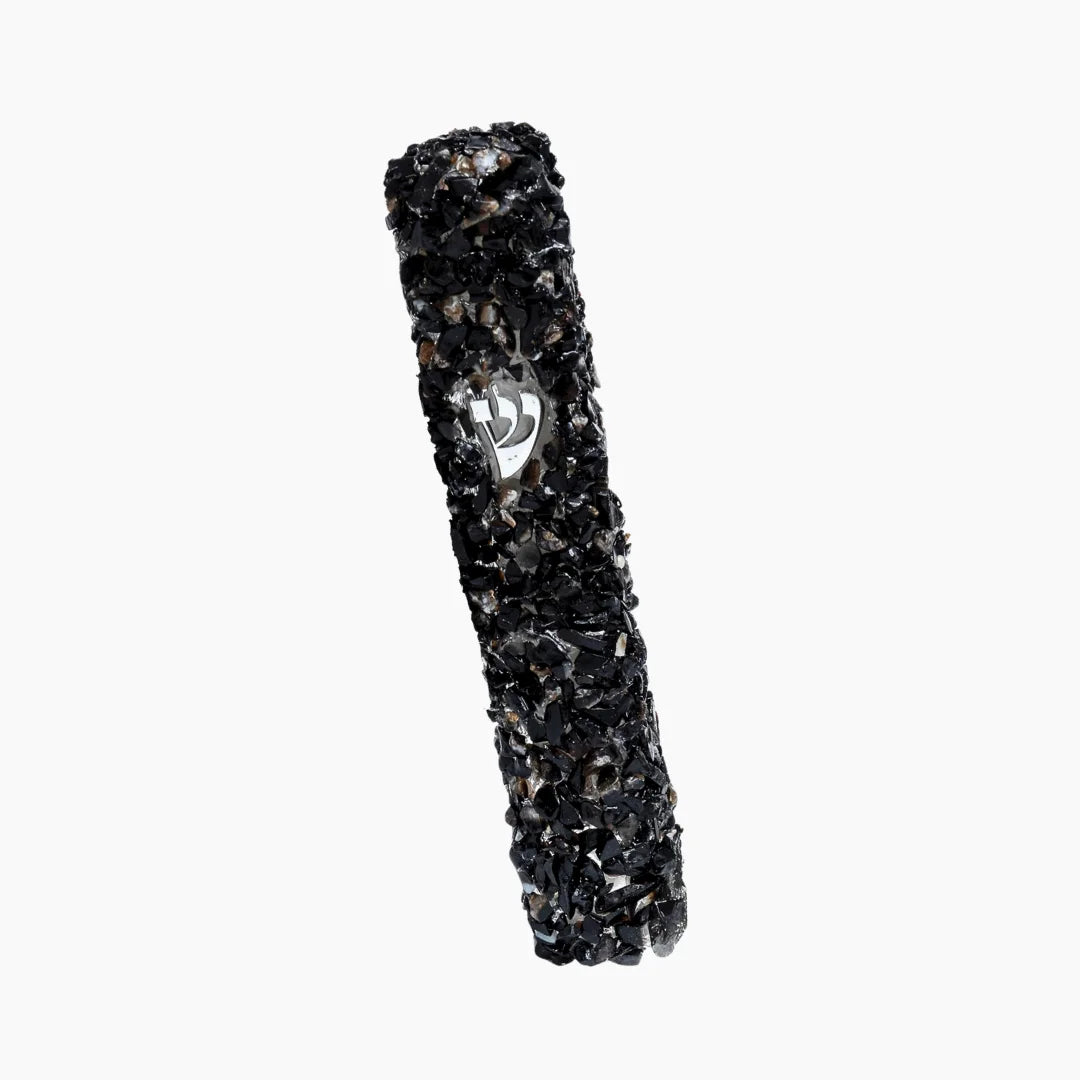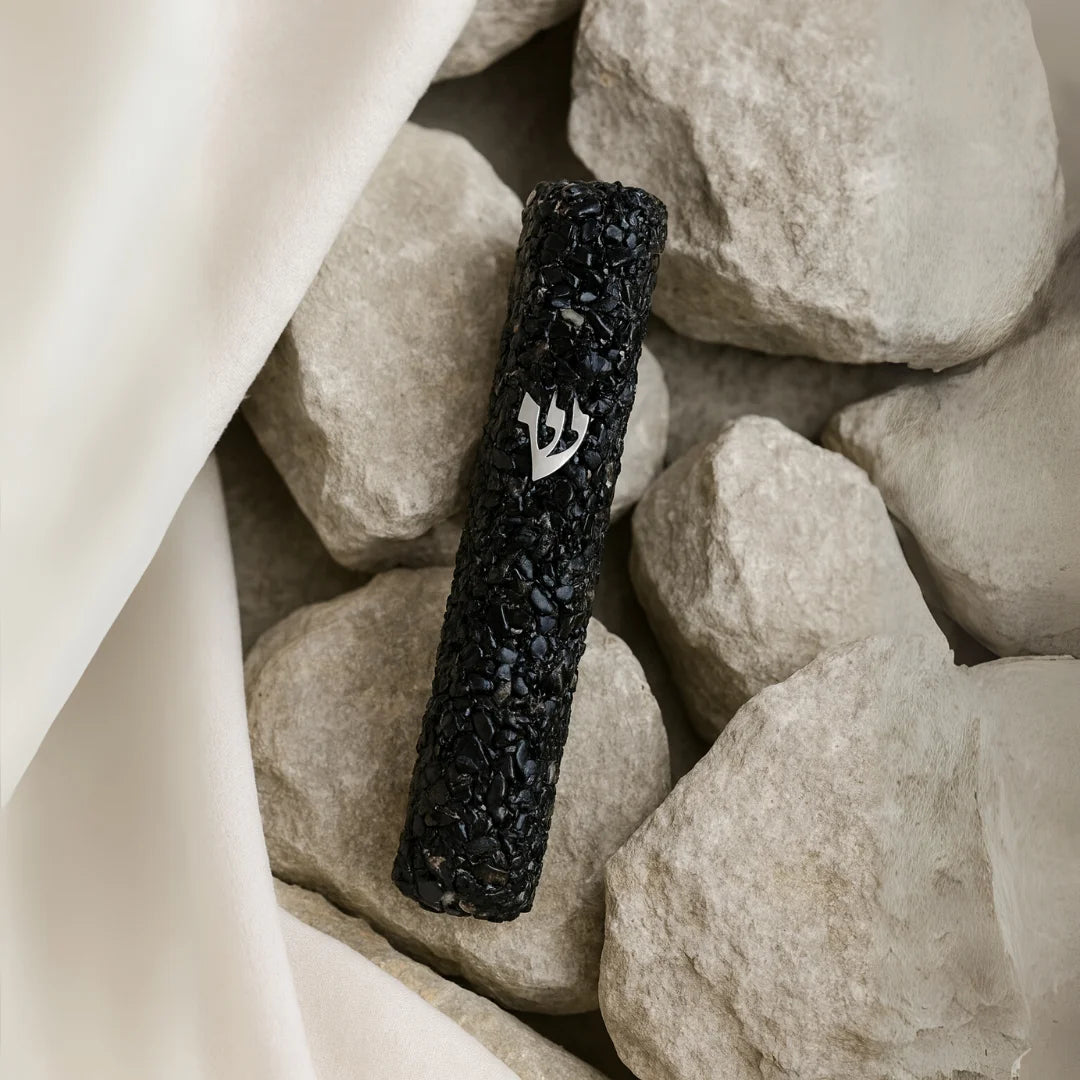

Mezuzah
What Is a Mezuzah? Meaning, Tradition & Daily Jewish Life
On the doorposts of Jewish homes around the world, you’ll often see a small case fixed to the side. It may be simple wood, polished silver, or modern glass, but inside lies something far more important: the mezuzah.
The mezuzah is not a decoration. It's a reminder of faith, a connection to heritage and a way of bringing blessing into the home. Jews for centuries have placed mezuzot on their doors as a sign of the presence and care of God, and they've taken an ordinary doorway and made it sacred.
This article will examine what a mezuzah is, why it matters, the traditions that surround it and how it continues to impact Jewish life today.
What Is a Mezuzah?
Basically, a mezuzah contains two components: the scroll inside it and the case holding it.
The Scroll Inside (Klaf)
The central piece of the mezuzah is the parchment scroll, the klaf. The Sofer, a professional scribe, inscribes it with two passages of the Torah, the Shema Yisrael (Deuteronomy 6:4–9) and Vehaya Im Shamoa (Deuteronomy 11:13–21). These verses tell to love God, to instruct His words to children and to write them "on the doorposts of your house and on your gates."
The scroll must be written meticulously, with holy ink and a quill and all the letters must be perfect. If one letter is missing or destroyed, the mezuzah is worthless. On the back of the scroll, the name Shaddai (one of the names of God) is often written, meaning godly protection.
The Case That Protects It
Case is what most people see on the outside. It's constructed of many different materials such as wood, stone, silver, glass, or ceramic. Some are plain, but some are works of art. The function of the case is simple: to protect the sacred scroll inside. Typically, the Hebrew letter Shin (ש) is visible on the case, symbolizing Shaddai.
Together, the scroll and the case form the mezuzah, a modest but powerful presence in the Jewish home.
The Origins and Purpose of the Mezuzah
The mezuzah isn't a tradition; it is a Torah mandate in plain language. Jews are instructed in Deuteronomy 6:9 to "write (these words) on the doorposts of your house and on your gates." Jews have been adhering to this mitzvah for thousands of years, so every doorway is a symbol of faith.
Biblical Commandment and Early Practice
The text written on the mezuzah scroll is one of Jewish practice's most weighty: Shema Yisrael, "Hear O Israel, the Lord our God, the Lord is One." By writing them on the doorposts, Jews testify openly and insert their faith into the world of everyday life. Archaeological finds show that mezuzot were used even in the ancient world, with protector texts written on houses for blessing and protection.
Reminder of Faith in Daily Life
Whenever one passes through a door that has a mezuzah, he or she is reminded of God and Torah teachings. The mezuzah transforms a common act of entering or leaving a room and converts it into a religious experience. For others, it is not only a reminder of God's protection but also how to bring holiness into their everyday lives.
How Mezuzot Are Placed
The affixing of a mezuzah is itself a ceremony, done with reverence and benediction. The details vary slightly from tradition to tradition, but the purpose is identical: to finalize the mitzvah of enveloping the household in sanctity.
Why the Mezuzah Is Slanted
Most Ashkenazi families place the mezuzah at an angle, so that the top faces inward into the room. This is a result of a controversy dating back to the millennium as to whether one should have the mezuzah installed vertically or horizontally. To solve this, it was decided to tilt it, a symbol of balance between various opinions.
Ashkenazi and Sephardi Traditions
Ashkenazic Jews most often lean the mezuzah, while Sephardic Jews set it vertically and upright. Both are correct and both capture the rich diversity of Jewish life. However, the mezuzah is kept no matter the orientation on the right-hand side of the door upon entering, about the upper third of the doorpost.
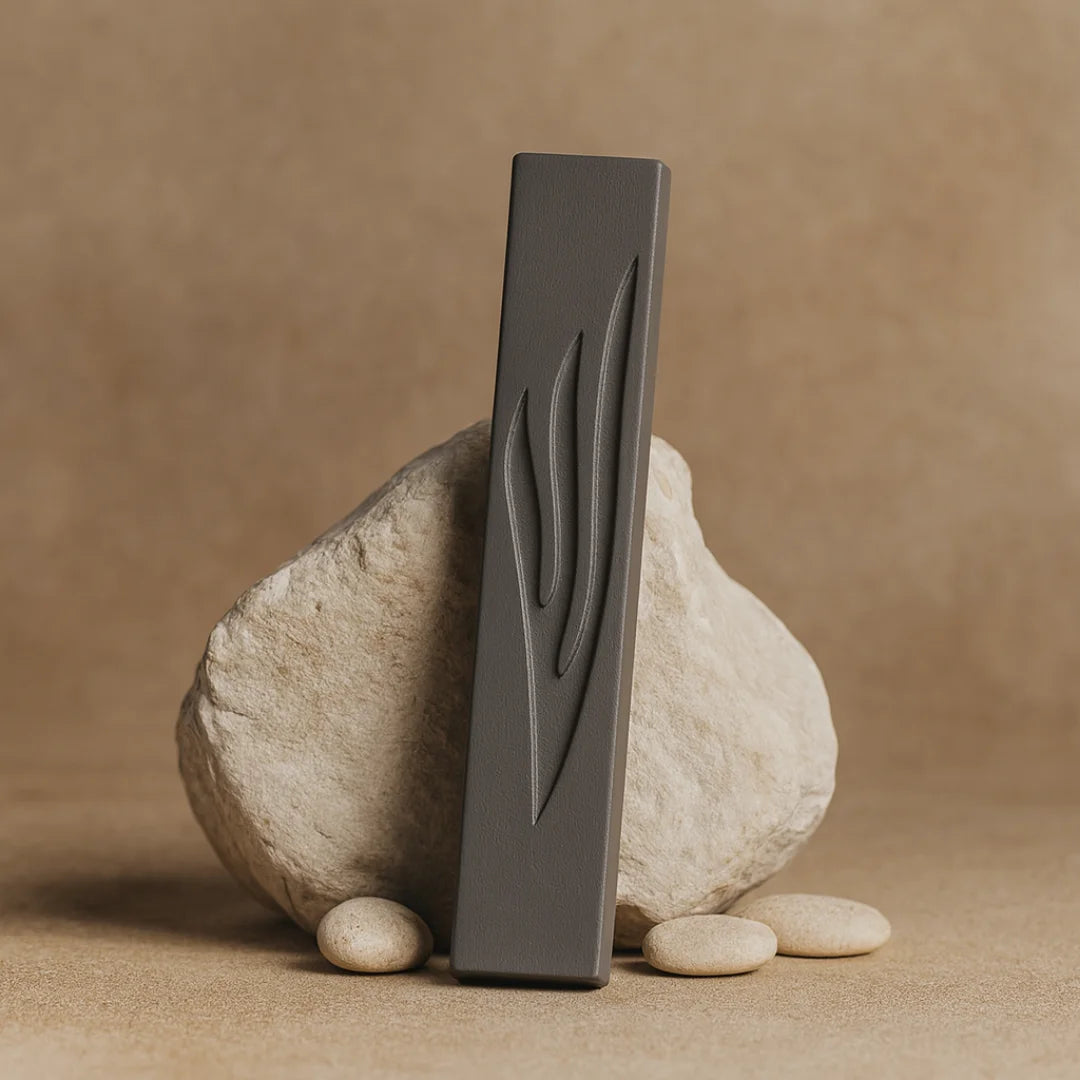


Mezuzah Etiquette and Daily Customs
Touching and Kissing the Mezuzah
It is traditional to touch the mezuzah as one goes in or out of the door, and then kiss the fingers afterwards. This small action is a show of affection for God's word and bringing the blessing of the mezuzah into everyday life. Some people do it each and every time they go in or out of their home, while others will do it periodically. The tradition is not required by Jewish law but is a cherished custom.
When and Where It Is Placed in the Home
The mezuzah commandment operates on nearly every door in a Jewish home, not just the front entrance. The living room, bedroom and even kitchen are often graced with mezuzot. Bathroom, closet or actually small rooms are the only exceptions. Each mezuzah is placed on the right-hand side of the doorpost when standing in the room, about two-thirds of the way up the frame.
Different Types of Mezuzahs
Though the divine scroll inside every mezuzah must comply with stringent laws, the coverings assume many forms.
Simple, Traditional and Artistic Cases
Mezuzah coverings are plain and basic, designed solely to house the scroll, whereas others are true masterpieces of art, made of a range of materials like silver, glass, wood, or ceramics. Mezuzot are typically chosen by families who have an appreciation for style or ethnicity.
Mezuzot in Hebrew: Inscriptions and Symbols
Most mezuzah cases are filled with Hebrew letters or words. Preeminent is the letter Shin (ש), shorthand for Shaddai, one of God's names. Others carry full verses, Star of David patterns, or other Jewish symbols. These factors form meaning layers, so that each mezuzah is an individual expression of faith.
Featured collection
Mezuzah
Mezuzah Scroll Ashkenazi Edition (Mehudar & Mehadrin Kosher)
Mezuzah Scroll Sparadic Edition (Mehudar & Mehadrin Kosher)
Modern Mineral Concrete Mezuzah - Concrete Collection
Shin Flame Mezuzah - Concrete Collection
Minimalist & Modern Mezuzah - Concrete Collection
Western Wall Mezuah - Jerusalem Collection
Turquoise Gemstone Mezuzah - Noach Collection
White Lace Agate Mezuzah - Or Collection
Blue Lapis Lazuli Mezuzah - Jerusalem Sky Collection
Onyx Gemstone Mezuzah - Eternal Collection
Frequently Asked Questions
Mezuzah is a small vessel which holds a handwritten scroll with quotes of the Torah, such as the Shema Yisrael. It is used to satisfy a Biblical mandate, to mark Jewish homes with holiness and constantly remind them of God's protection and presence.
Pinning a mezuzah on the doorpost is a mitzvah, a commandment found in the Torah. It symbolizes faith in God and converts an ordinary doorway into a sacred entrance. To others, it is a mezuzah blessing of protection for the home and its residents.
In Ashkenazi tradition, the mezuzah is placed tilted a little, the top inward leaning, being a compromise between two opinions in Jewish law: the one that it should always be vertical and the other that it should always be horizontal. Sephardic Jews leave theirs vertical and straight. Both are permissible.
Inside the mezuzah is the klaf, a parchment scroll written by a professional scribe. There are two passages from Deuteronomy (6:4–9 and 11:13–21), which refer to loving God and teaching His laws to the next generation. The name Shaddai is written on the back of the scroll, symbolizing protection under God.
Yes. The only difference is where the mezuzah is attached. Ashkenazi Jews tend to put it on at an angle, whereas Sephardi Jews do it upright. Otherwise, the traditions of blessing, inspecting and honoring the mezuzah are much the same, out of mutual reverence for the same mitzvah.
Tiny as it is, the mezuzah is charged with deep significance. Tacked discreetly on a door, it transforms an ordinary opening into a place of blessing and remembering. Inside its casing, the hand-scribbled scroll holds inscribed words that have guided the Jewish people for centuries, words of faith, piety and loyalty to God.
Slanted or straight, simple or ornate, every mezuzah is identical: a reminder of what we are and what we believe, every time we come in the door. It is not ritual, it is a daily companion, bridging tradition and everyday life and turning a house into a home that is Jewish.





